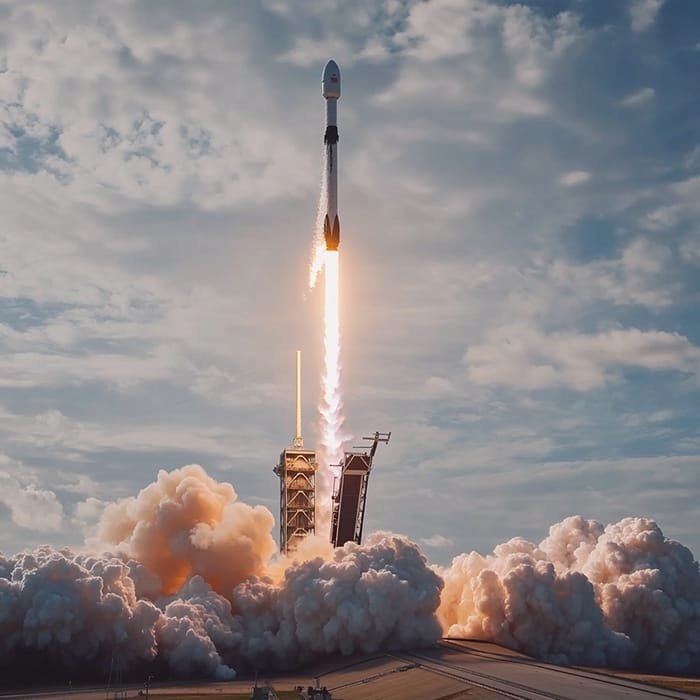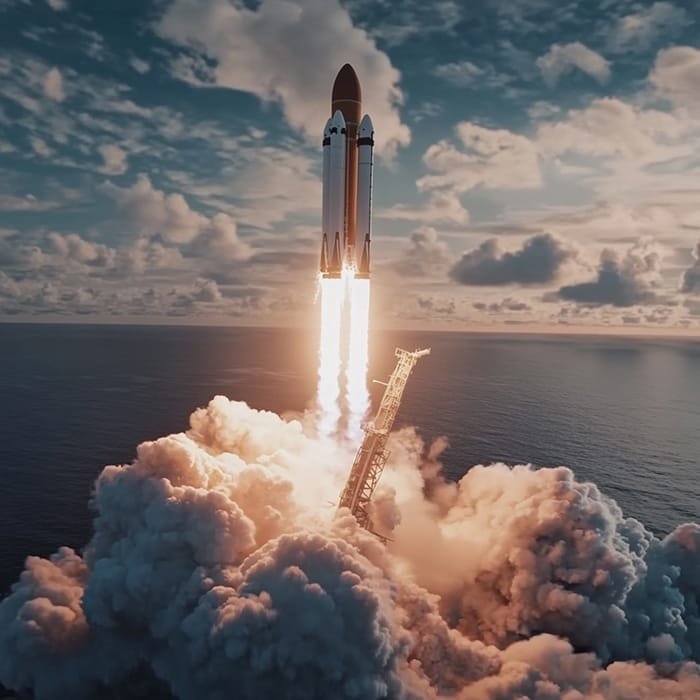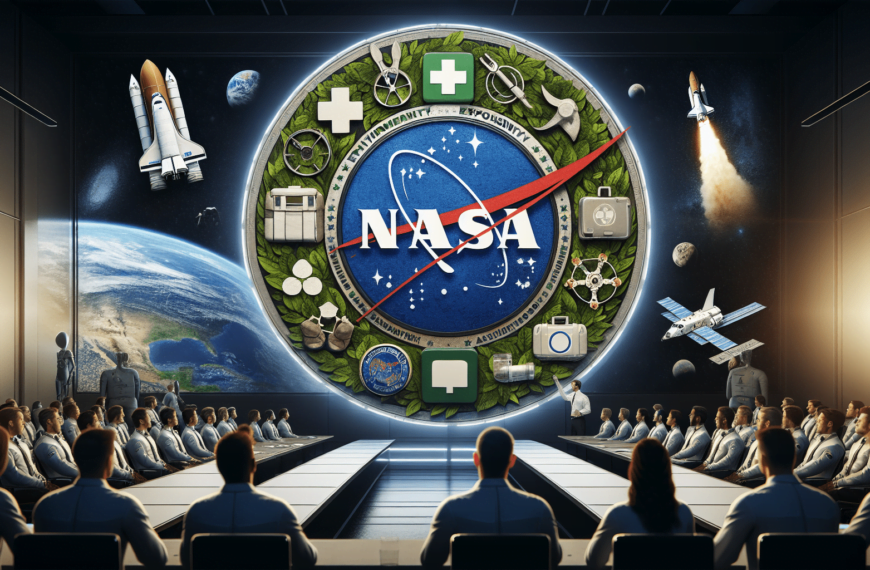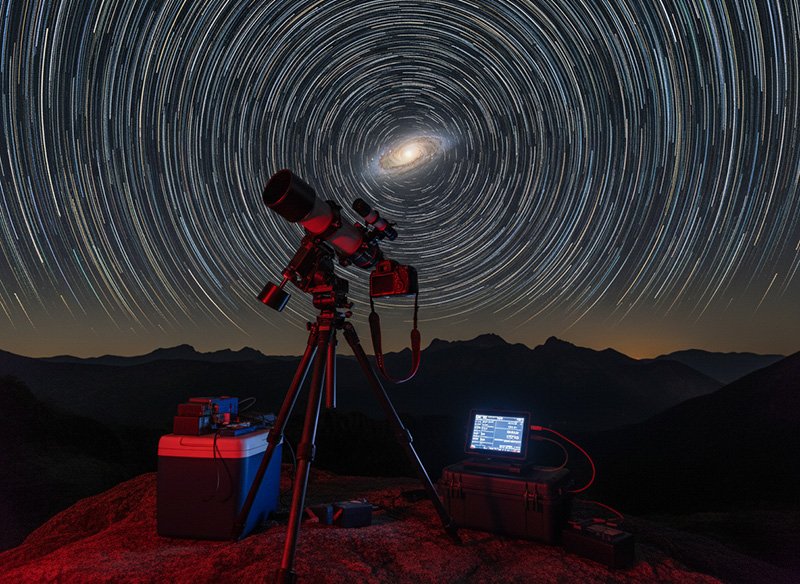SpaceX pauses launches after Crew-9 mission anomaly. Investigation underway to ensure safety and reliability for future operations.
Key Takeaways 📝
- SpaceX’s recent halt of launch operations following the Crew-9 mission anomaly underscores the challenges of maintaining reliability in spaceflight, despite the company’s strong track record.
- The incident marks the second upper stage anomaly in less than three months, raising significant concerns about the Falcon 9’s operational safety.
- This pause presents an opportunity to explore how safety protocols and rigorous testing must evolve alongside rapid technological advancements in aerospace.
- The investigation into the Crew-9 event highlights the importance of collaboration with NASA and other stakeholders to ensure safety and maintain public trust in human spaceflight.
- Ultimately, SpaceX’s commitment to addressing these issues emphasizes that setbacks can drive innovation and improvement within the space industry, paving the way for future successes.
In a surprising turn of events, SpaceX has temporarily halted its launch operations to investigate an issue that occurred during the recent Crew-9 astronaut mission to the International Space Station (ISS). The Crew-9 mission, which launched on September 28th, 2024, successfully delivered NASA astronaut Nick Hague and Russian cosmonaut Aleksandr Gorbunov to the orbiting laboratory aboard the SpaceX Crew Dragon capsule. However, the mission experienced an anomaly during the Falcon 9 rocket’s upper stage deployment, prompting the company to pause all upcoming launches to thoroughly examine the root cause.
The Crew-9 Incident
The Crew-9 mission began with a successful liftoff from Cape Canaveral Space Force Station in Florida. The Falcon 9 rocket’s first stage performed a flawless landing shortly after launch, and the Crew Dragon capsule, named “Freedom,” was on track to rendezvous with the ISS as planned. However, the mission took an unexpected turn when the rocket’s upper stage experienced an issue during the final phase of the journey.
According to a statement released by SpaceX, “After today’s successful launch of Crew-9, the Falcon 9’s second stage experienced an off-nominal deorbit burn. As a result, the second stage safely landed in the ocean outside of the targeted area.” This unexpected behavior of the upper stage has prompted the company to halt all upcoming launches to thoroughly investigate the matter.
The Importance of Reliability
SpaceX has built a reputation for reliable and consistent launch operations, with the Falcon 9 rocket becoming a workhorse for both commercial and government missions. The company’s ability to quickly turnaround and reuse its rocket boosters has been a key factor in its success, allowing for a high launch cadence and cost-effective access to space.
However, the recent issues with the Falcon 9’s upper stage have raised concerns about the reliability of the system. The fact that this is the second time in less than three months that the upper stage has experienced an anomaly during a launch is particularly troubling. In July, a Falcon 9 rocket experienced a leak in the liquid oxygen system of the upper stage, resulting in the loss of the Starlink satellites it was carrying.
The Investigation and Path Forward

SpaceX has stated that it will “resume launching as we better understand the root cause” of the Crew-9 incident. This suggests that the company is taking a cautious and thorough approach to addressing the issue, prioritizing safety and reliability over a quick return to flight.
The investigation into the Crew-9 incident will likely involve a detailed analysis of telemetry data, as well as a comprehensive review of the Falcon 9’s design, manufacturing, and testing processes. SpaceX may also need to collaborate with NASA and other stakeholders to ensure that the root cause is identified and addressed to the satisfaction of all parties involved.
Once the investigation is complete and any necessary modifications or improvements are made to the Falcon 9 system, SpaceX will likely resume its launch schedule. However, the company’s willingness to pause operations and take the time to fully understand the issue is a testament to its commitment to safety and reliability – a crucial factor for both commercial and human spaceflight missions.
Implications for the Space Industry
The Crew-9 incident and the subsequent pause in SpaceX’s launch operations have broader implications for the space industry as a whole. As the leading provider of launch services for both commercial and government customers, any disruption in SpaceX’s operations can have ripple effects across the sector.
For example, the delay in the launch of the Eutelsat and OneWeb satellites, which was scheduled for September 30th, could impact the deployment and operation of these critical communications networks. Similarly, any further delays in the Crew-9 mission or other upcoming human spaceflight missions could have implications for the staffing and operations of the International Space Station.
However, it’s important to note that the space industry has become increasingly resilient and adaptable in recent years. With the emergence of new launch providers and continued diversification within the sector, the impact of a temporary pause in SpaceX’s operations may be less severe than it would have been in the past.
The Role of Innovation in SpaceX’s Operations
At its core, SpaceX thrives on innovation. From reusable rockets to advancements in spacecraft technology, innovation remains a driving force behind its success. The Crew-9 incident highlights how quickly technology can evolve while also demonstrating that rapid changes come with risks.
The Falcon 9 rocket itself is a pinnacle of modern engineering, designed for reusability and efficiency. Yet, with ambitious goals like Mars colonization and regular crewed missions to ISS, even minor setbacks can alter timelines and expectations. This pressure for innovation can lead to unforeseen challenges in operational reliability.
The company’s approach typically includes rigorous testing regimes that aim to identify potential issues before they arise. However, as seen with Crew-9 and previous incidents, unexpected anomalies can still occur despite these measures. Such incidents force companies like SpaceX to reassess their operational protocols and refine their technologies continuously.
SpaceX’s Commitment to Safety
As SpaceX pauses its operations, it underscores its commitment to safety – not just for its astronauts but also for its extensive network of commercial clients relying on its services. The management’s decision reflects an understanding that any compromise in safety could have catastrophic consequences.
Safety protocols within SpaceX are stringent. Each launch undergoes thorough risk assessments involving multiple teams working together to analyze data and predict potential issues. The pause following Crew-9 will likely lead to enhanced scrutiny of existing safety measures and may result in additional protocols being established.
Moreover, collaboration with NASA and other space agencies plays a crucial role in maintaining safety standards. As SpaceX transitions from commercial launches to crewed missions regularly, maintaining public trust becomes paramount. Each successful launch builds credibility; conversely, setbacks can lead to skepticism about human spaceflight endeavors.
Future Launch Plans Post-Investigation
Once SpaceX completes its investigation into the Crew-9 incident and implements any necessary changes, there are numerous upcoming missions on their schedule that will require attention.
One significant aspect will be resuming launches for commercial partners who rely on SpaceX for deploying satellites into orbit. Companies like OneWeb and Eutelsat depend on timely launches for their operational capabilities. Delays can lead to financial repercussions for these companies as well as affect global communication networks reliant on satellite technology.
In addition, upcoming missions for NASA’s Artemis program aim to return humans to lunar surfaces as part of broader efforts for deeper space exploration. A reliable transportation method is crucial for achieving these ambitious goals. Therefore, addressing any issues with Falcon 9’s upper stage becomes essential not just for SpaceX, but also for supporting national exploration objectives.

The pause in SpaceX’s launch operations following the Crew-9 incident serves as a stark reminder of inherent risks associated with spaceflight. Despite building a reputation for reliable operations over recent years, recent issues with Falcon 9’s upper stage highlight continuous vigilance needed within aerospace industries.
As SpaceX works diligently towards identifying and resolving technical malfunctions present during Crew-9’s mission, both industry stakeholders and space enthusiasts alike will remain attentive to developments. This incident should reinforce understanding that while challenges may arise unexpectedly when venturing into space, determination among companies like SpaceX ensures progress persists towards future successes.
Ultimately, overcoming setbacks is part of what drives innovation forward within aerospace sectors; even amidst adversity lies opportunity for growth into unimaginable frontiers. The commitment shown by organizations aiming high reflects humanity’s relentless pursuit toward exploring beyond our planet—each challenge merely acting as stepping stones along this incredible journey toward uncharted territories among stars above us all!
























